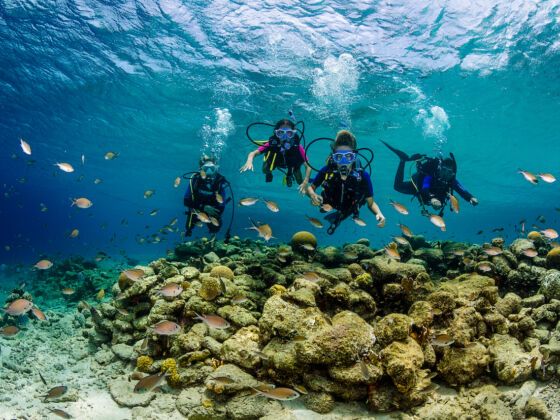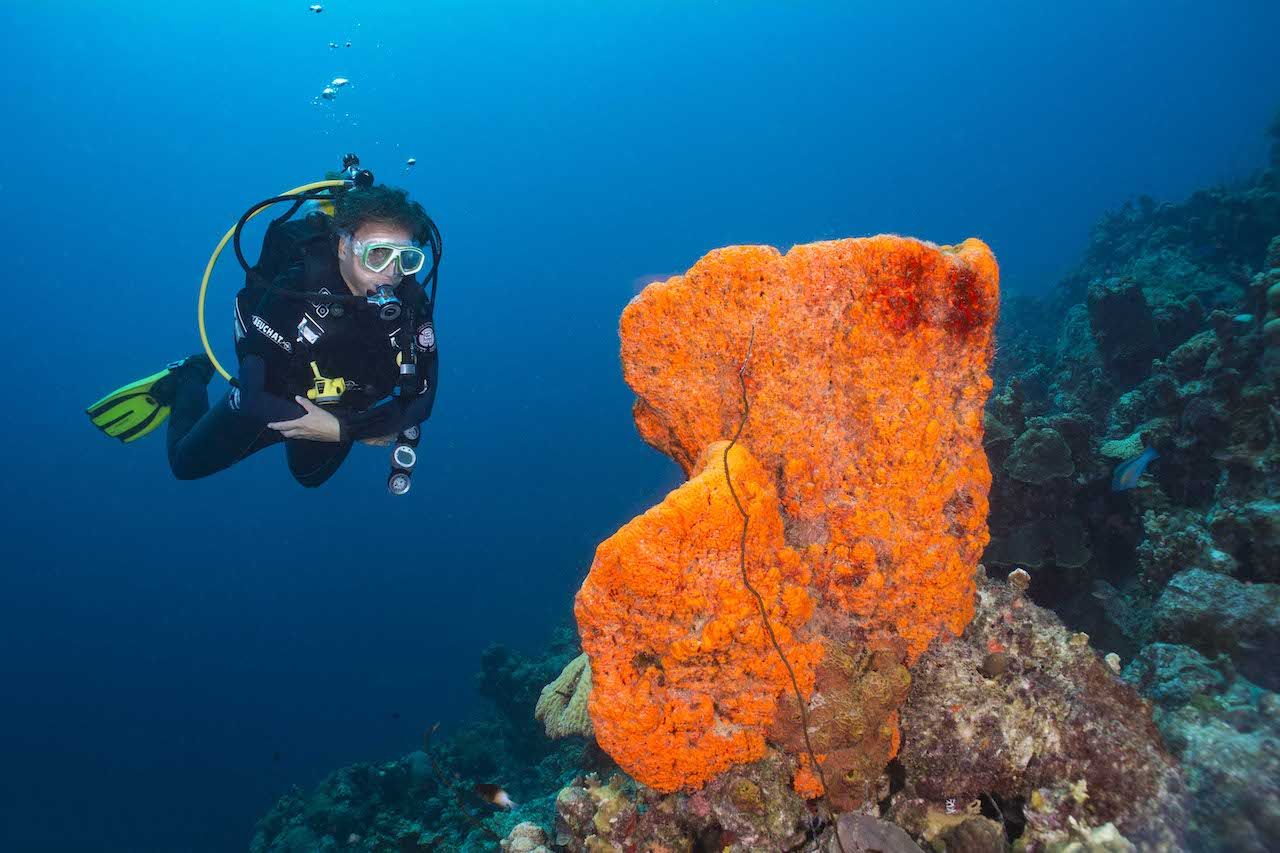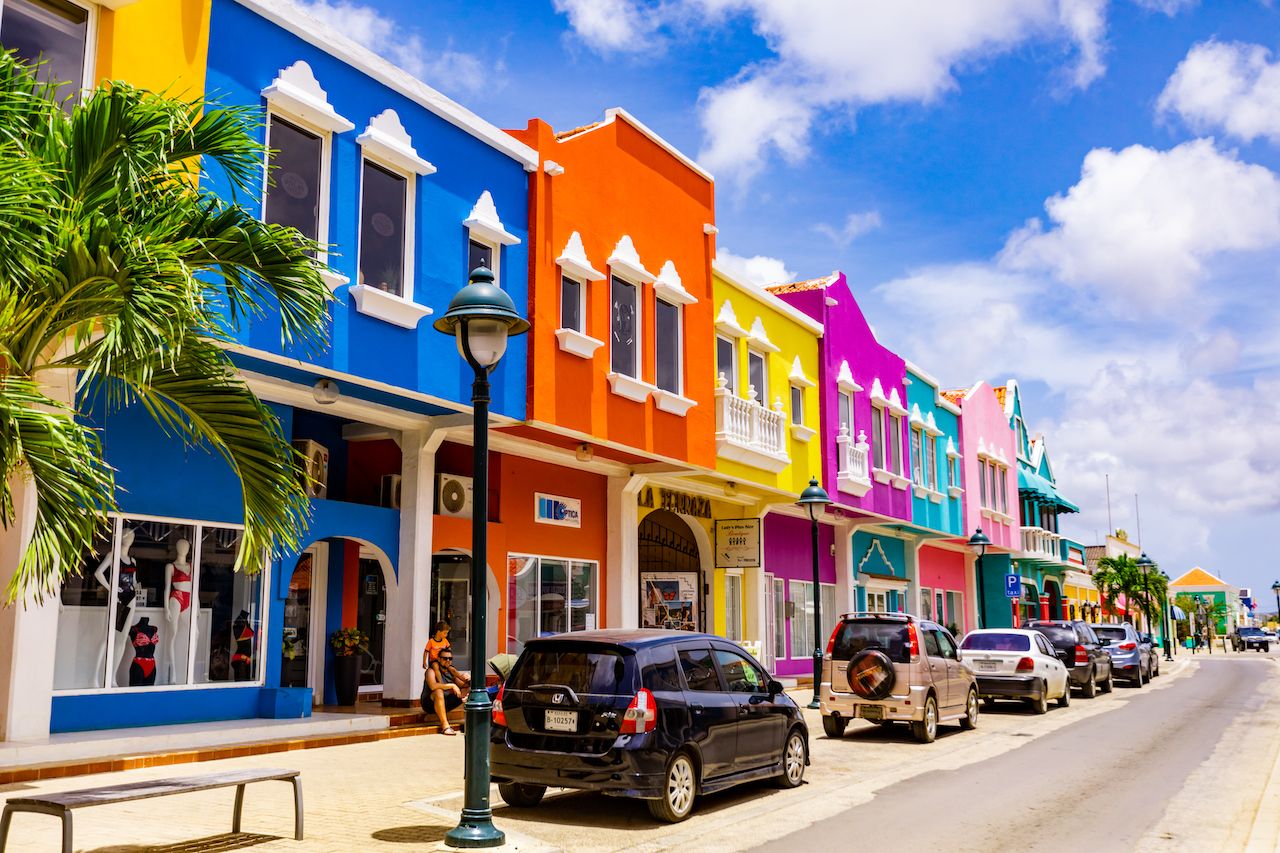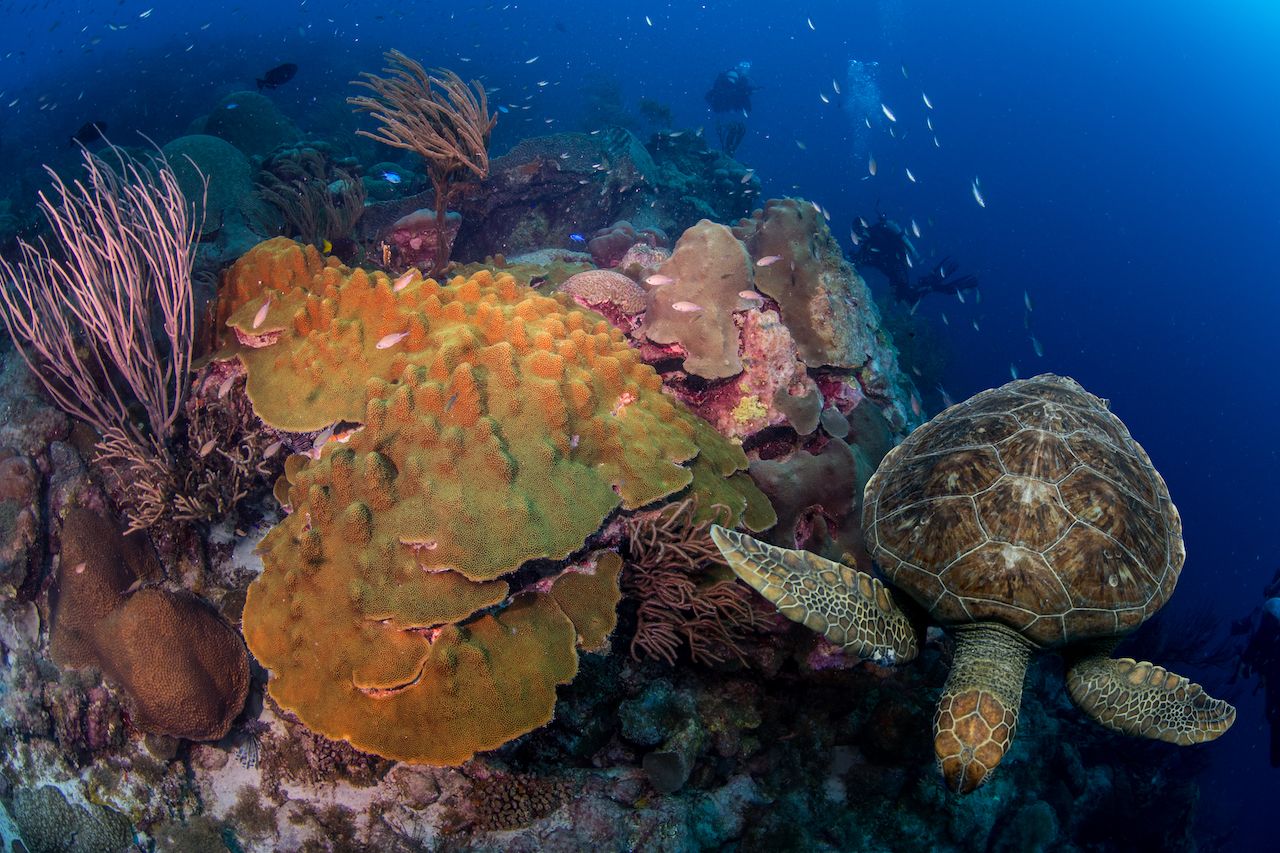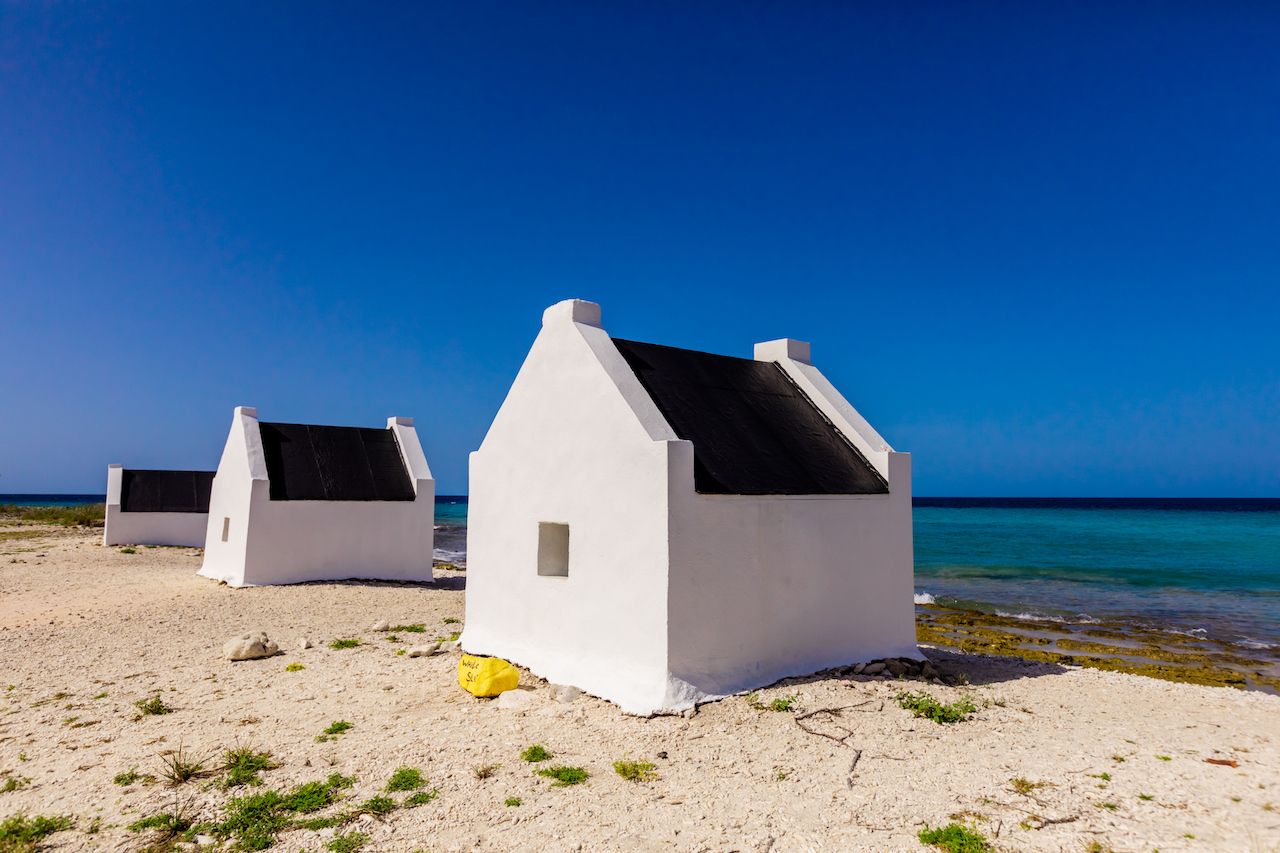Some things in life just shouldn’t be DIY. Complex electrical work, for example, and dental surgery.
Some would say scuba diving falls into that category, too, what with the completely unnatural nature of submerging the human body under 50 feet of ocean for an hour at a time. But if you’re a certified diver with even a modicum of experience, there’s a place in the Caribbean where DIY diving is divine. A place where yellow stones off the highway each mark a new magical undersea world. When diving in Bonaire, all of this is easy to explore with nothing more than some gear, a C-card, and your diving buddy.
